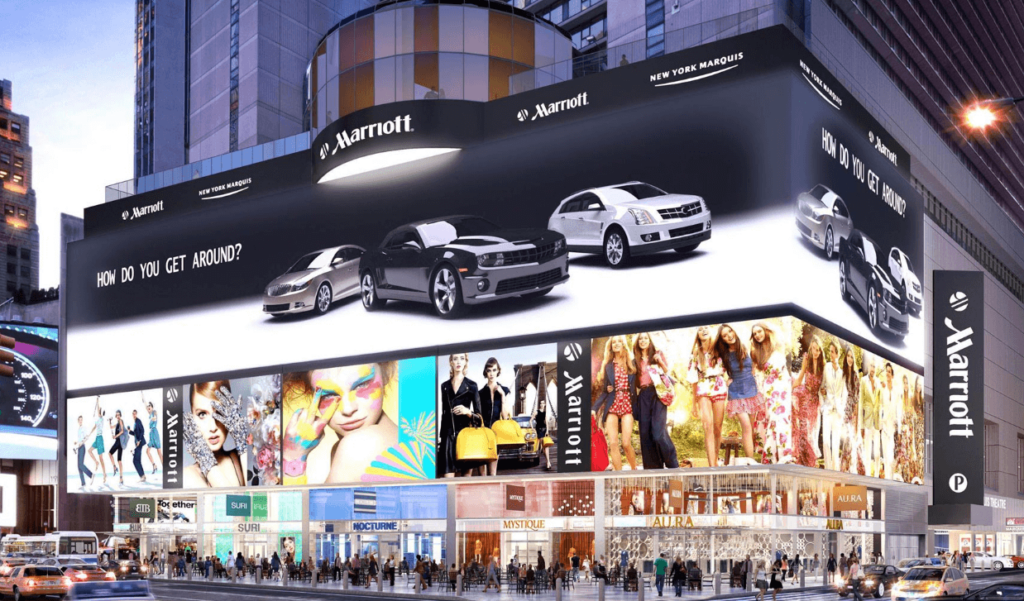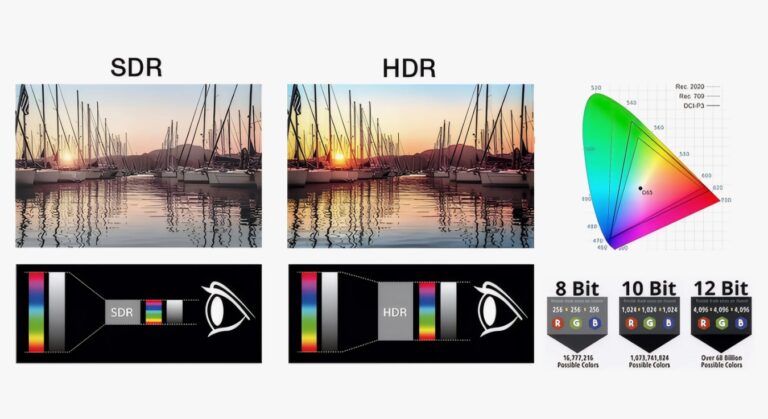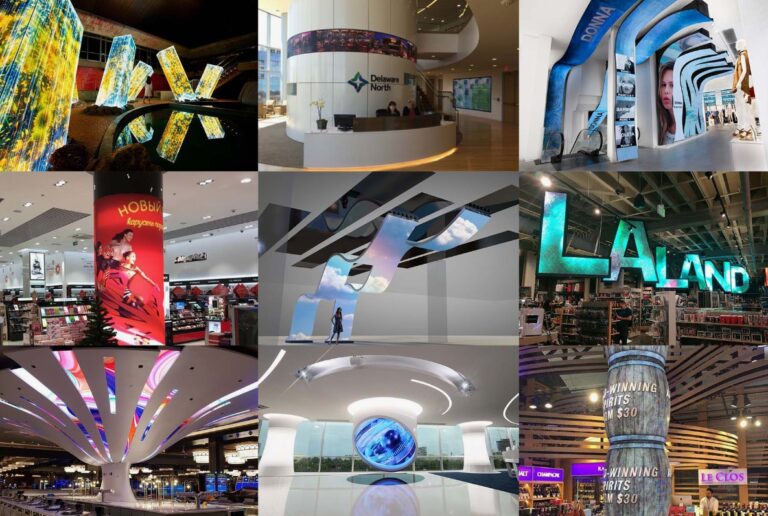With the development of science and technology and the continuous expansion of application, LED display has become an important information release and publicity media, is widely used in business, government, sports and other fields. The size and resolution of LED display are two important factors affecting its display effect and application scenarios.

A. Size of LED display
LED display size refers to the size of its display area, generally using length and width to describe. In practice, the size of the LED display will be customized according to different needs and scenarios. In general, the larger the size of the LED display, the stronger its display effect and visual impact. Therefore, in commercial advertisements, sports and other large events, often use large LED display to attract the attention of the audience. Here are six reasons why LED displays are the first choice for brand marketing.
In addition, the size of the LED display will be adjusted according to the content of the display. For example, in commercial advertising, the size of the LED display is usually adapted to the design requirements of the advertisement to show the best publicity effect. In sports competitions, the size of the LED display needs to be adjusted according to the size of the venue and the seating distance of the audience, so as to achieve the best spectator effect. Free gym LED screen guide.
B. Resolution of LED display
The resolution of LED display refers to the sharpness and delicacy of the image or video display. The higher the resolution, the clearer and finer the display effect. In practical applications, the resolution of LED display is often described by the number of pixels, such as 1920×1080, 3840×2160, etc. The first number represents the number of horizontal pixels on the screen, and the second number represents the number of vertical pixels on the screen.
The resolution of an LED display is determined by its pixel density and pixel size. The higher the pixel density and the smaller the pixel size, the higher the resolution. The resolution determines the detail and clarity of the image or video that the LED display can display, which is particularly important for the display of high-quality text, image and video and other dynamic content.
In practice, the resolution of the LED display will also be adjusted according to different needs and scenarios. For example, in commercial advertisements, the resolution generally needs to be higher to display clearer and more detailed product pictures and text information. In sports, the resolution is generally lower, because the audience only needs to see the general situation of the game and the score most of the time.
C. How to choose the size and resolution of LED display
The size and resolution of the LED display must be considered according to the specific application scenarios and requirements. Generally speaking, the selection of LED display size to consider the following three factors:
1. Application scenario: Select an appropriate LED display size based on the specific application scenario and requirements. For example, in outdoor advertising places, generally choose larger size LED display to achieve better publicity effect; In indoor Spaces, LED displays of appropriate size can be selected based on factors such as the actual space size and distance from the audience.
2. Budget constraints: The larger the size of the LED display, the higher the price. Therefore, budget constraints need to be taken into account when selecting LED display sizes, and the appropriate size should be selected to meet the demand while staying within the budget range.
3. Installation conditions: When selecting the size of the LED display screen, it is necessary to consider its installation conditions, including installation location, fixing method, support structure and other factors to ensure stable and reliable installation.

The resolution of the LED display also needs to be considered according to the actual demand. Generally speaking, the selection of LED display resolution to consider the following 4 factors:
1. Display content: According to the specific content to be displayed, select the appropriate resolution to display clear and delicate images and videos.
2. Audience distance: The farther away the audience is, the lower the resolution is required, and vice versa. Therefore, the selection of LED display resolution needs to consider the distance and perspective of the audience and other factors.
3. Budget constraints: The higher the resolution, the higher the price. Budget constraints should be taken into account when selecting LED display resolution, and the appropriate resolution should be selected to meet the demand while staying within the budget range.
4. Compatibility: When selecting LED display resolution, it is necessary to consider its compatibility. Whether the selected resolution is supported by the controller or other related devices.
In conclusion, when choosing the size and resolution of an LED display, it is necessary to consider application scenarios, budget constraints, installation conditions, display content, audience distance and compatibility





